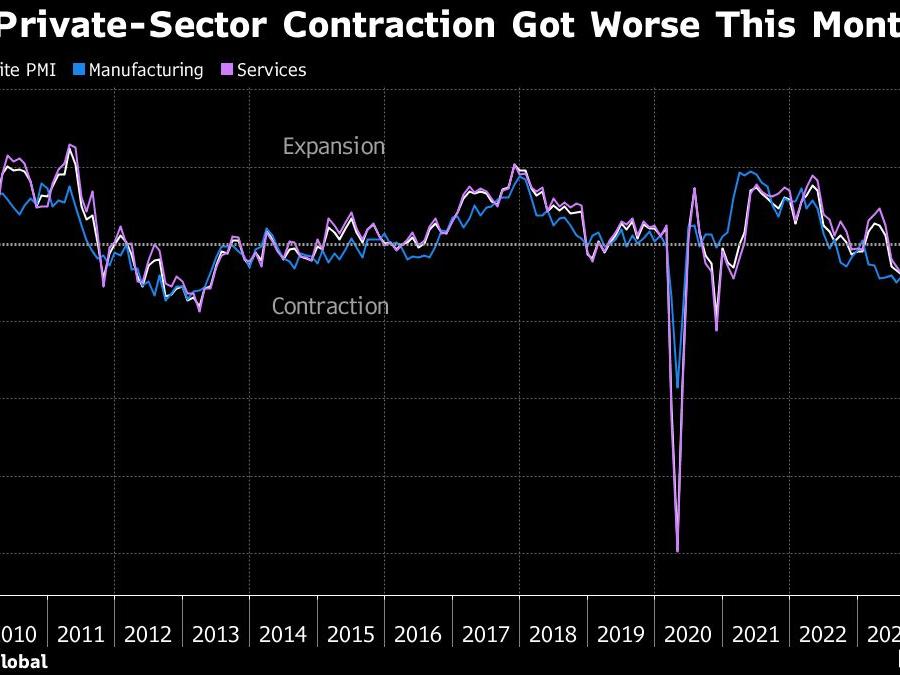Gold prices have surged above $2,400 per ounce, with spot gold rising to $2,418.61 per troy ounce, driven by a combination of factors including growing optimism about potential US interest rate cuts and escalating tensions in the Middle East. The precious metal is on track for a monthly gain of over 3%, as investors await the Federal Reserve’s policy decision later today.Market analysts are closely watching for signals from the Fed about potential rate cuts. Kyle Ruda, an analyst at Capital.com, stated, “The market wants to hear confirmation that a rate cut in September is being considered and will be the start of a policy easing cycle. Gold will rise if the Fed’s tone suggests multiple rate cuts are coming”.Meanwhile, oil prices have surged above $80 per barrel, with Brent crude futures rising 2.39% to $80.51 per barrel. This sharp increase is primarily attributed to reports of the assassination of Hamas leader Ismail Haniyeh in Iran. The incident has significantly escalated tensions in the Middle East, a region crucial for global oil supply.Clay Seigle, Director of Global Oil Service at Rapidan Energy Group, commented on CNBC, “We are entering a phase of deterioration in the Middle East that brings a risk premium back into Brent prices”. However, UBS analyst Giovanni Staunovo cautioned that “Geopolitical risk premia in oil only hold if there are actual supply disruptions”.The markets are now keenly awaiting the Fed’s decision and upcoming US employment data, including the ADP private sector employment report due today and the non-farm payrolls report on Friday. These events are expected to provide crucial insights into the Fed’s future monetary policy direction and its potential impact on both gold and oil markets.
Key points
- Gold prices have risen above $2,400 per ounce, driven by potential US interest rate cuts and Middle East tensions.
- Oil prices surged above $80 per barrel following reports of Hamas leader Ismail Haniyeh’s assassination in Iran.
- Markets are awaiting the Federal Reserve’s policy decision and upcoming US employment data for further direction.
Contradictions👾While some analysts suggest that geopolitical tensions will continue to drive oil prices up, others caution that price increases may be temporary without actual supply disruptions.



